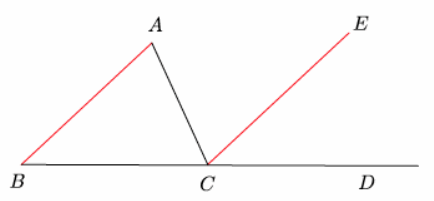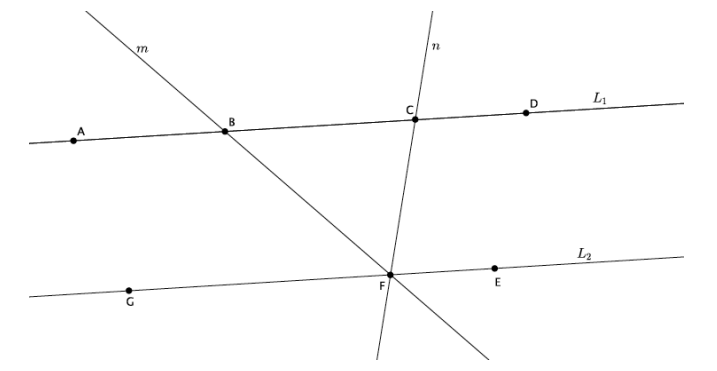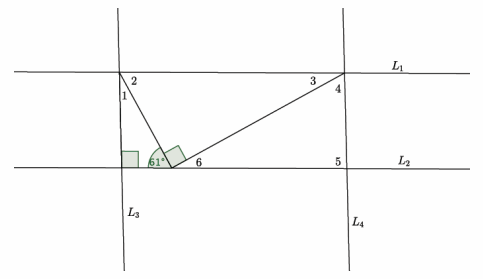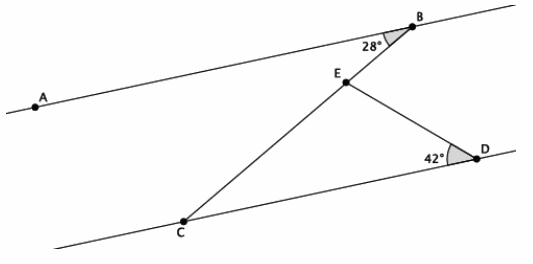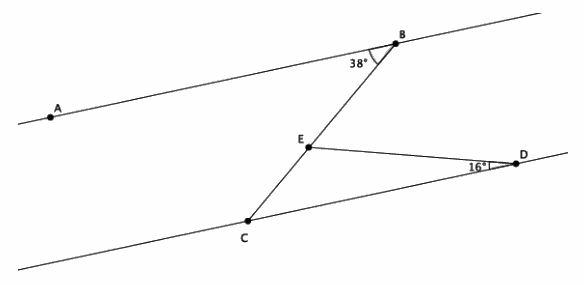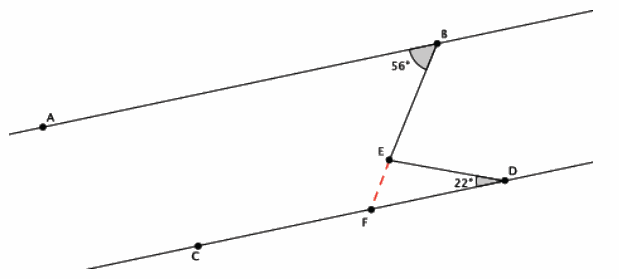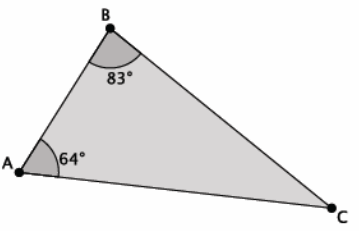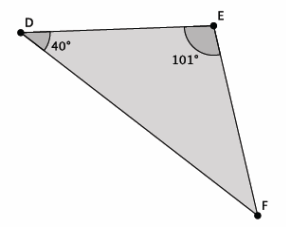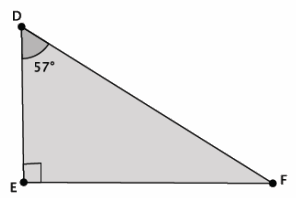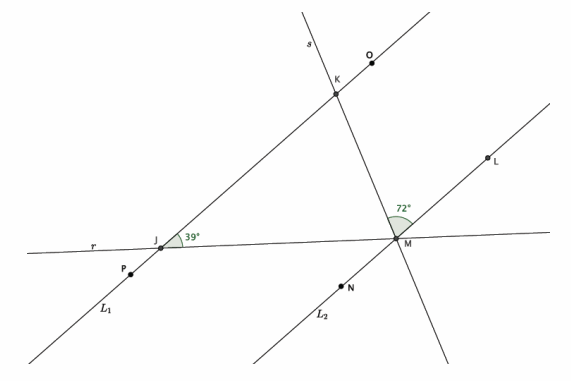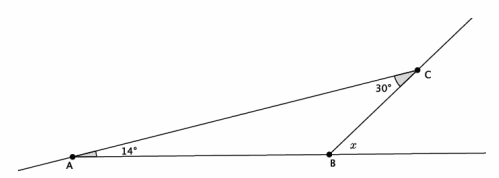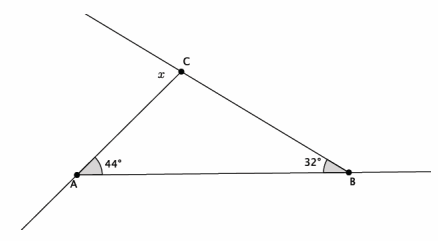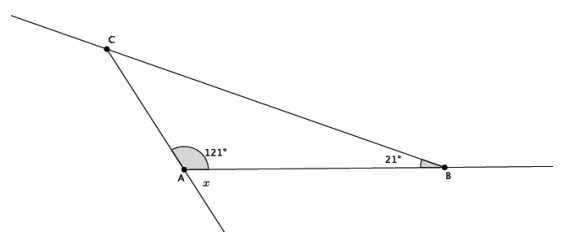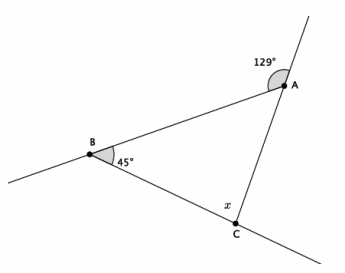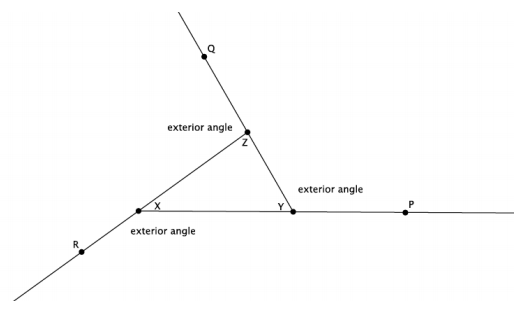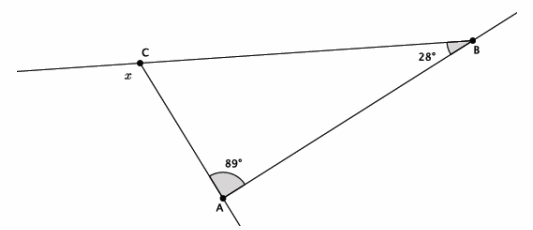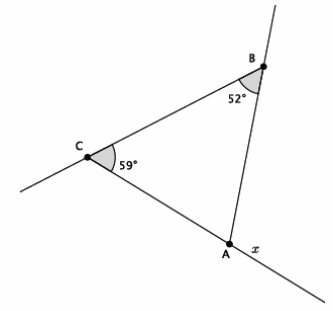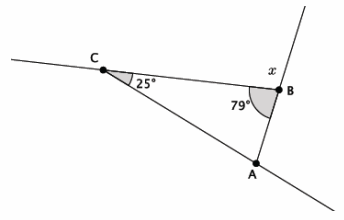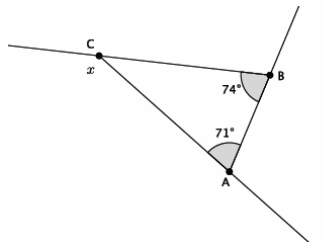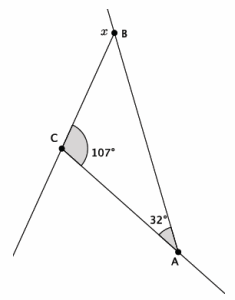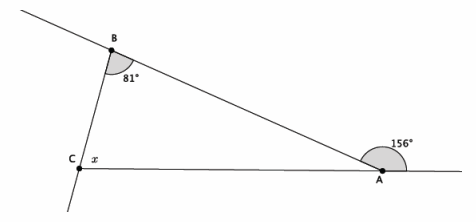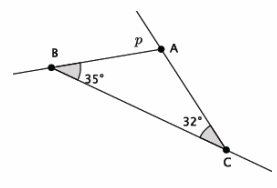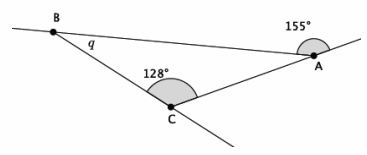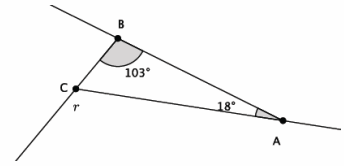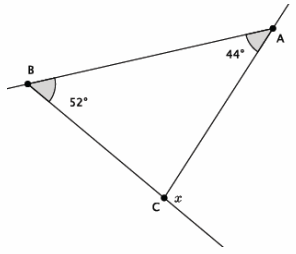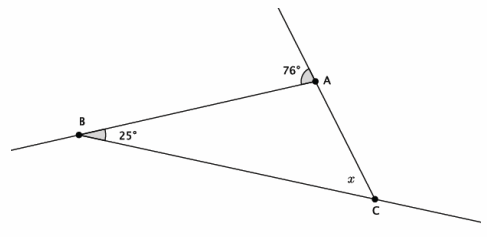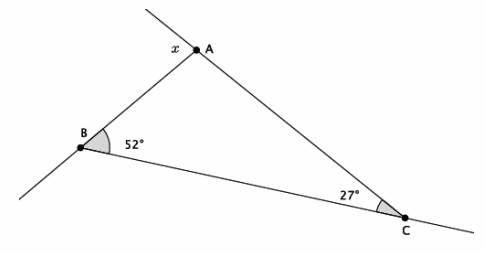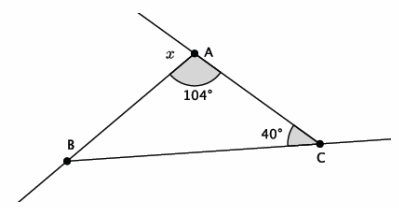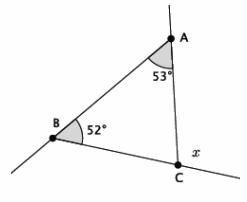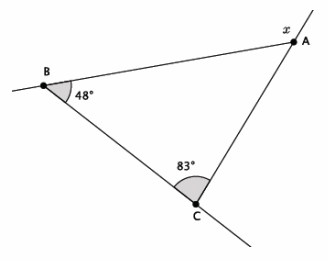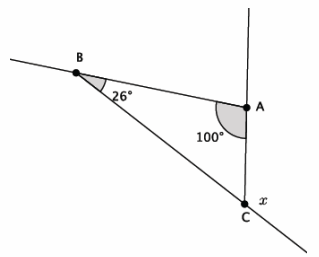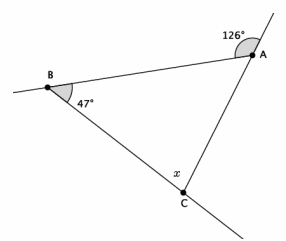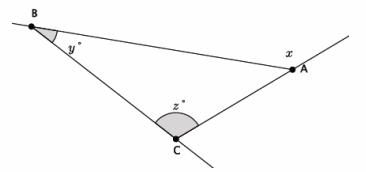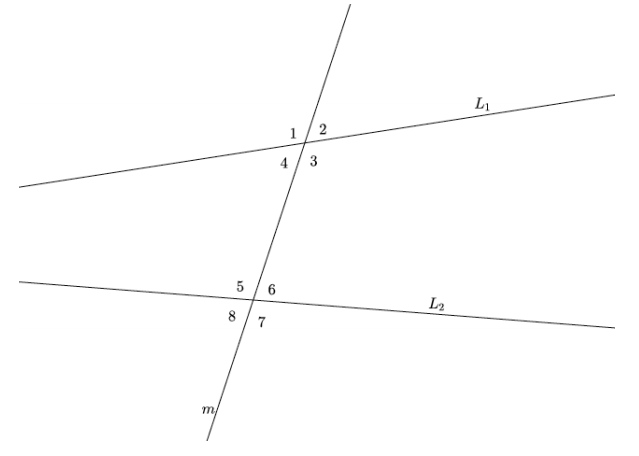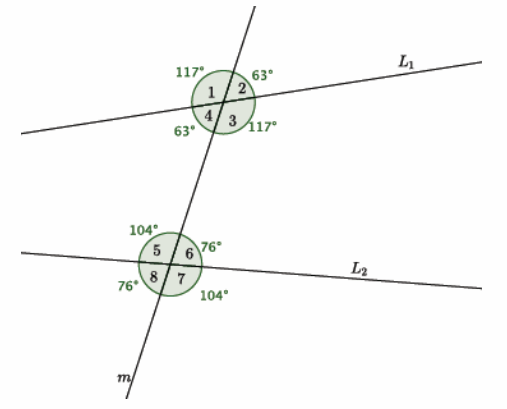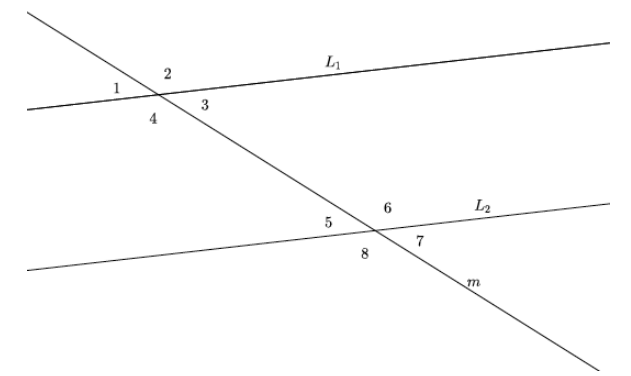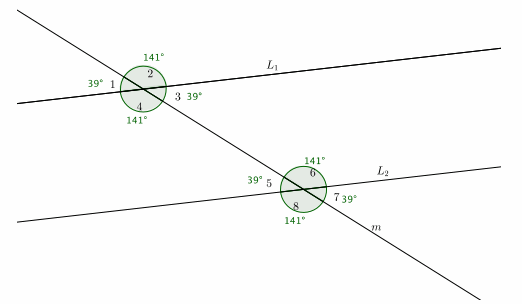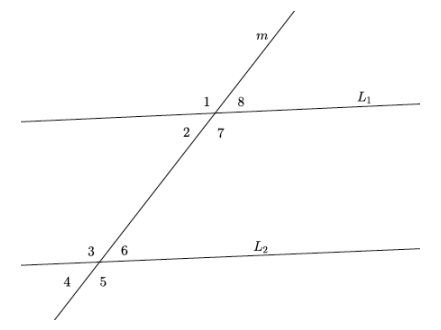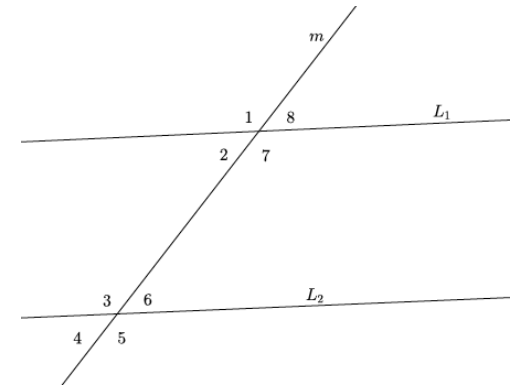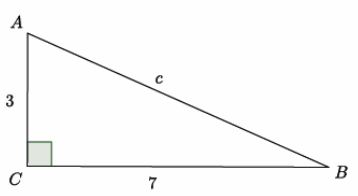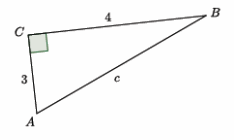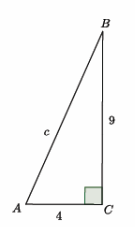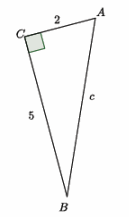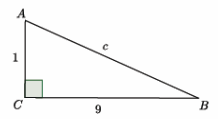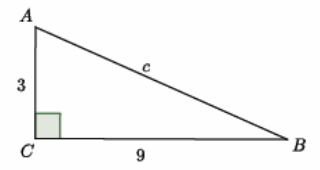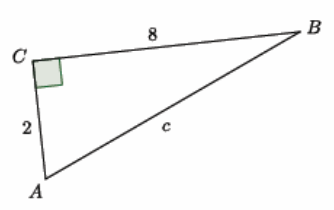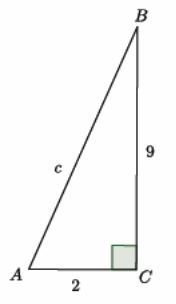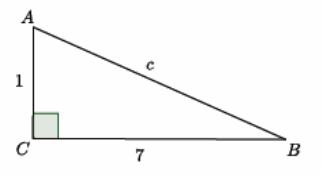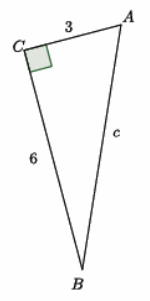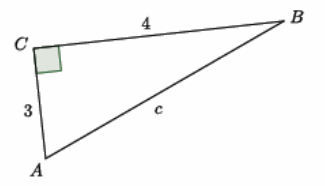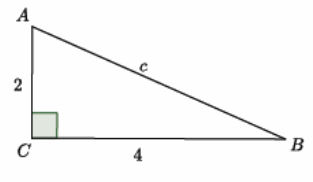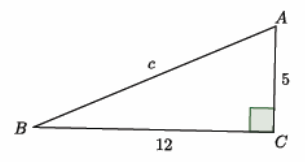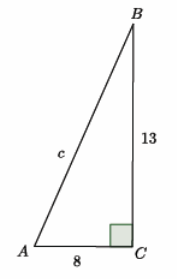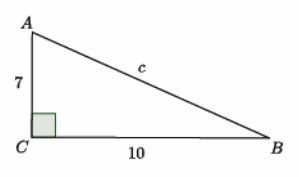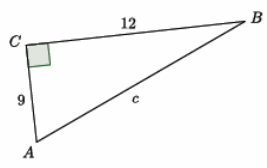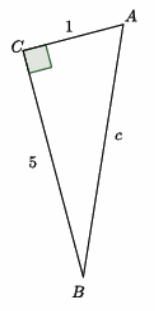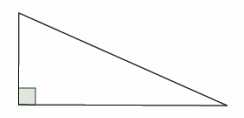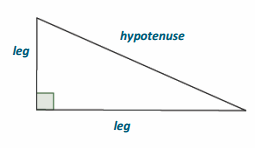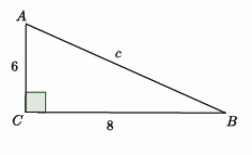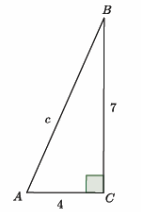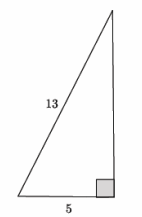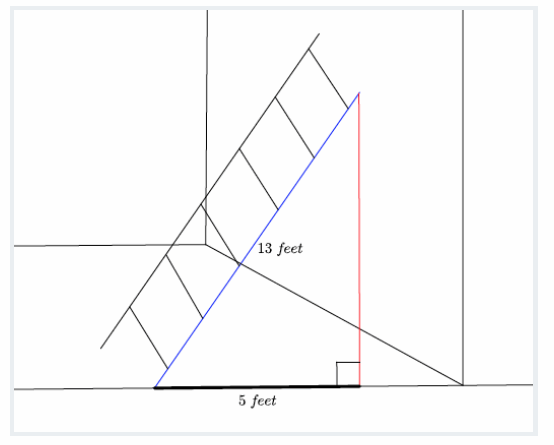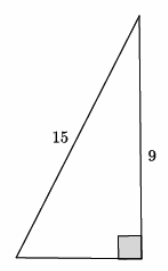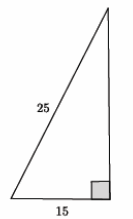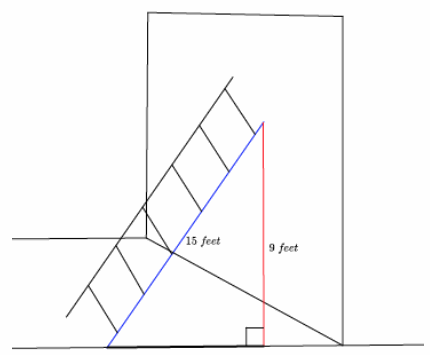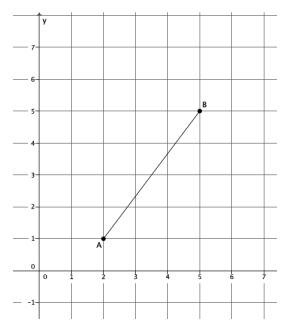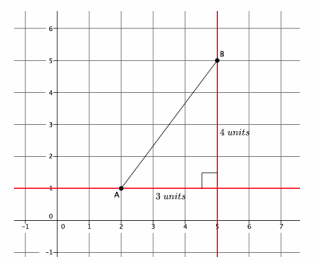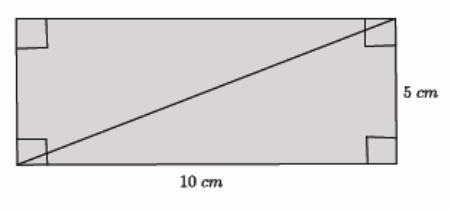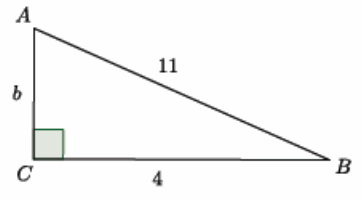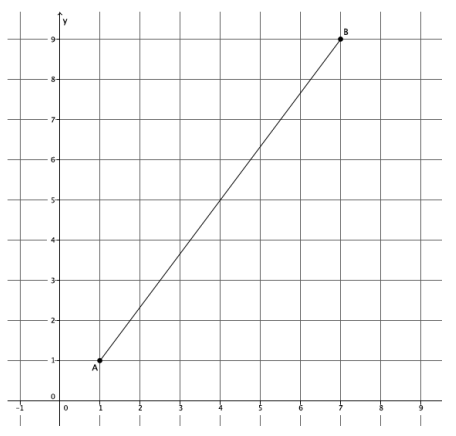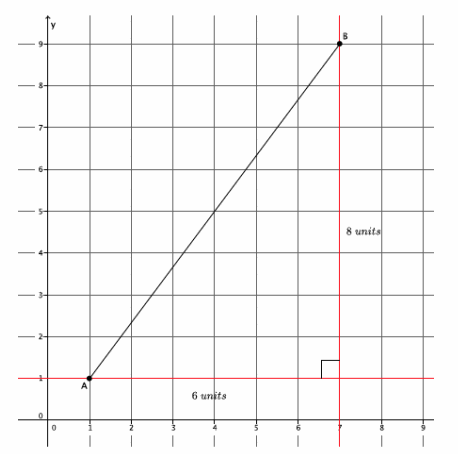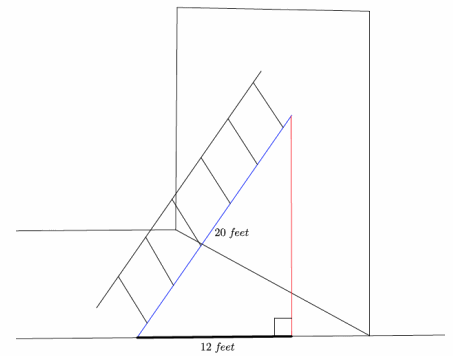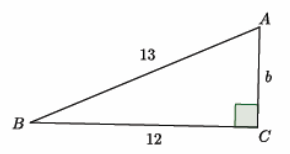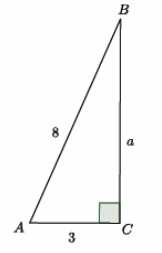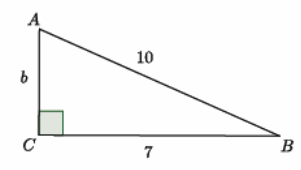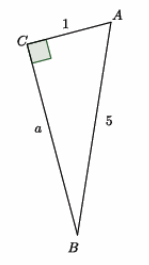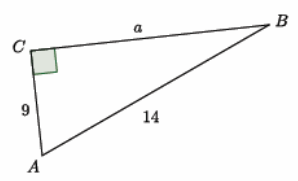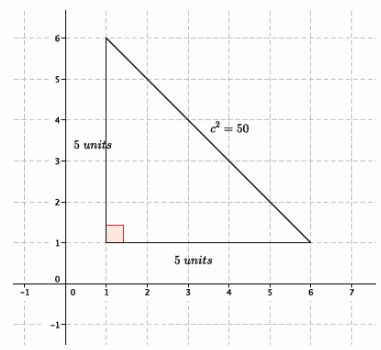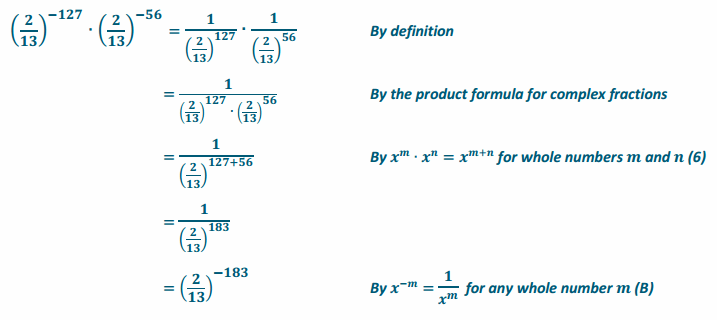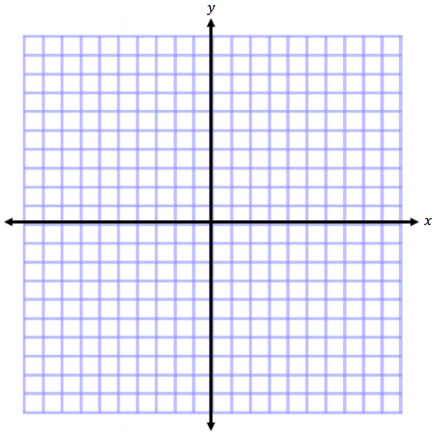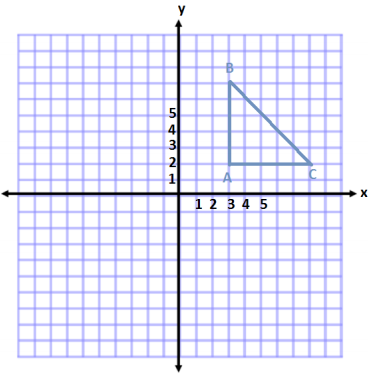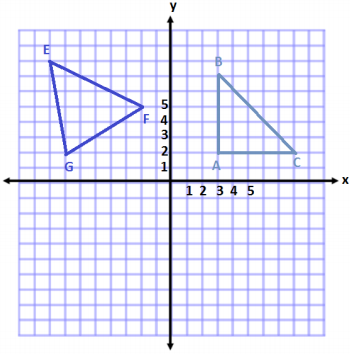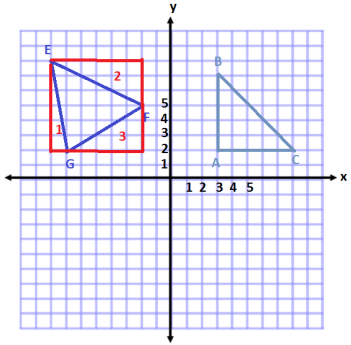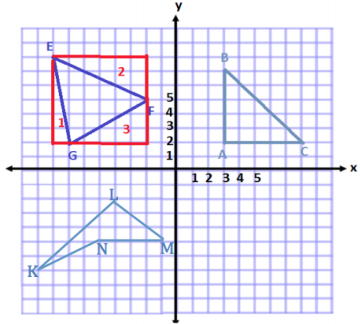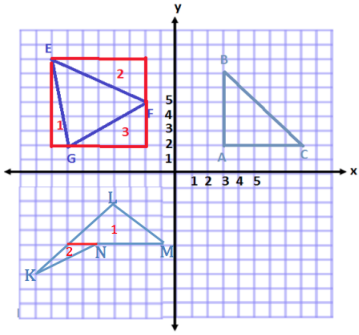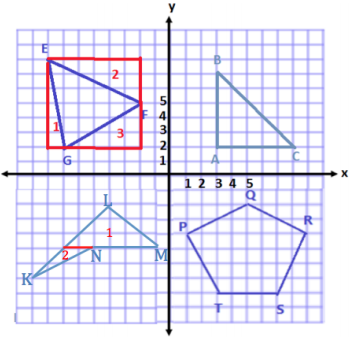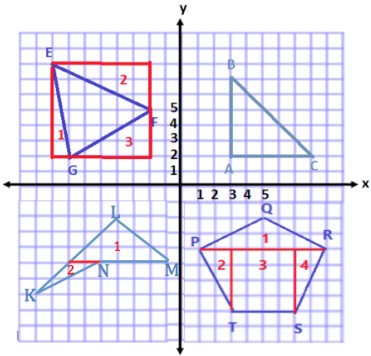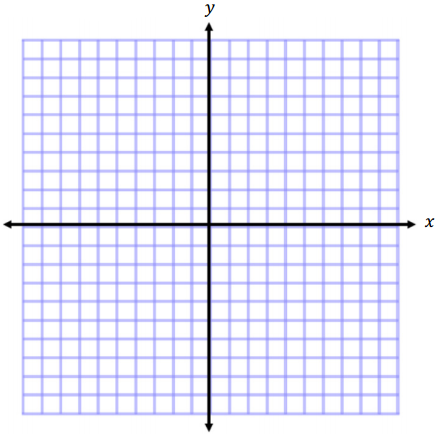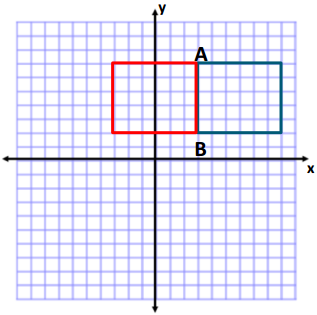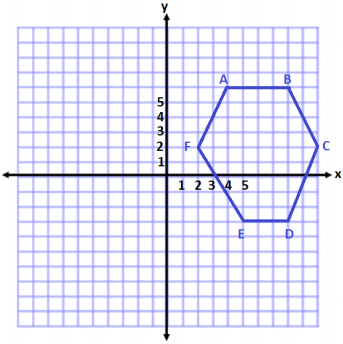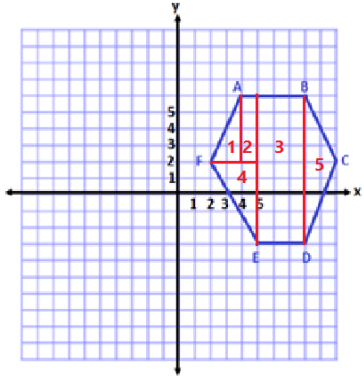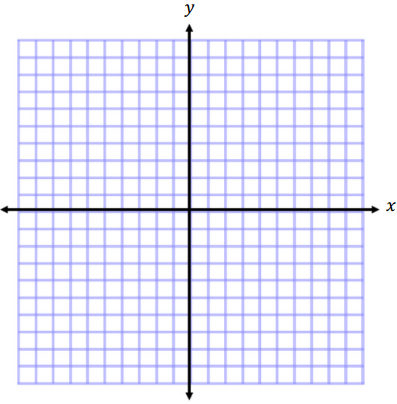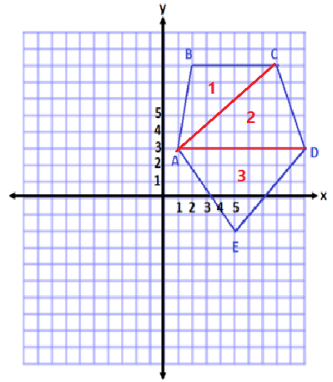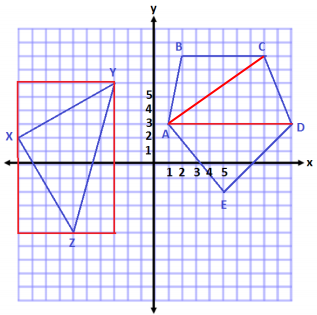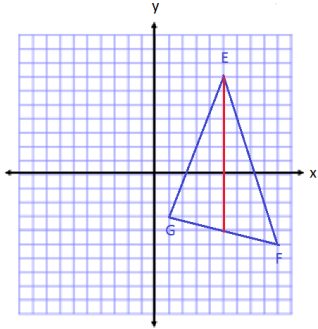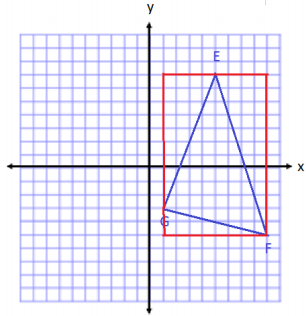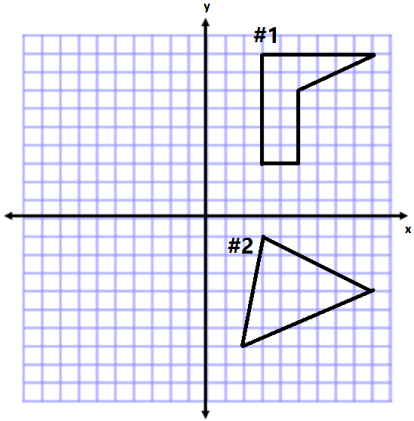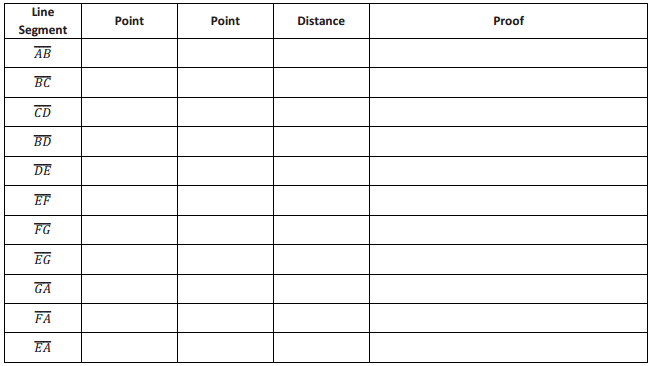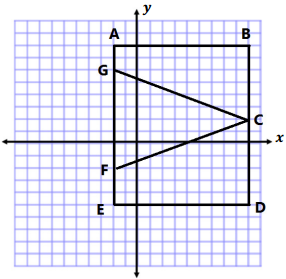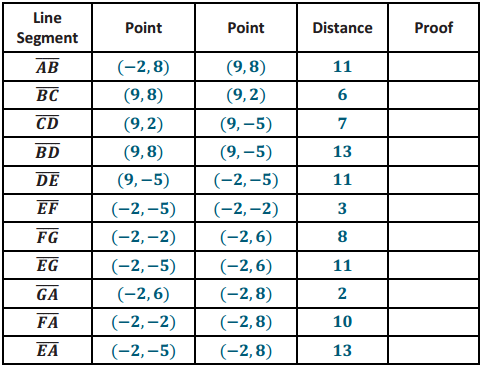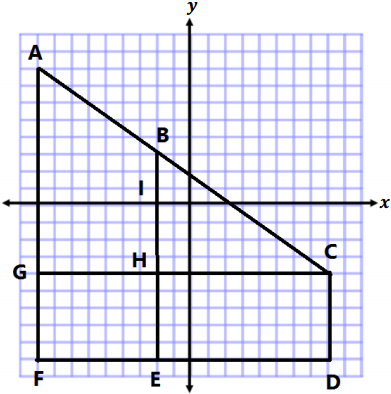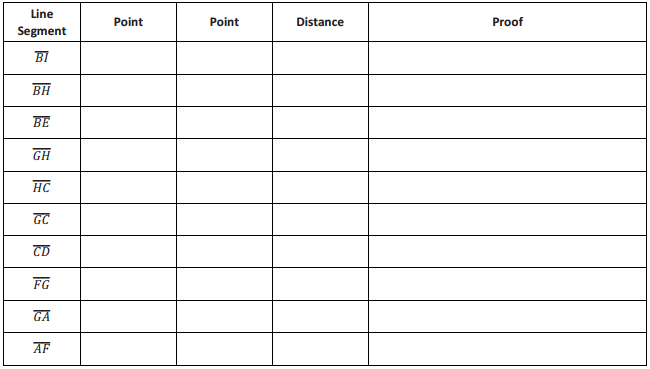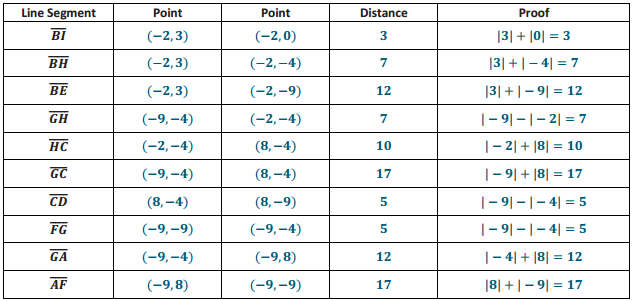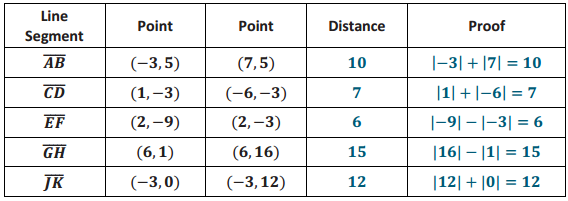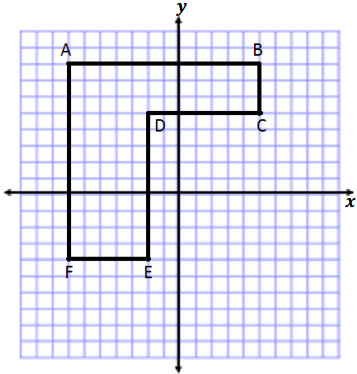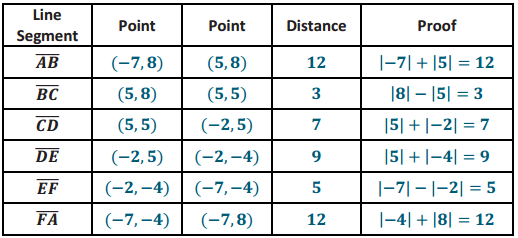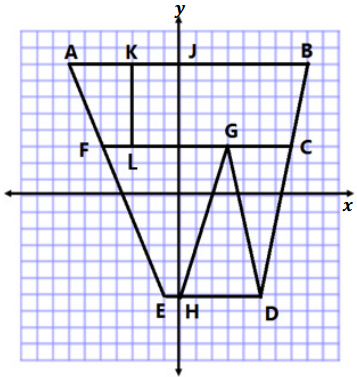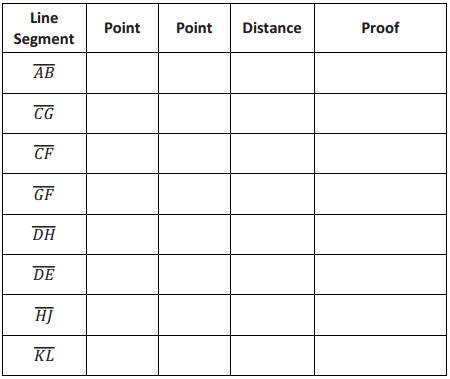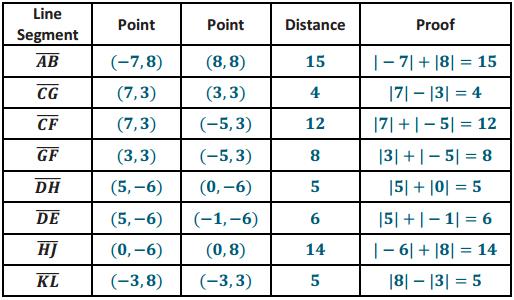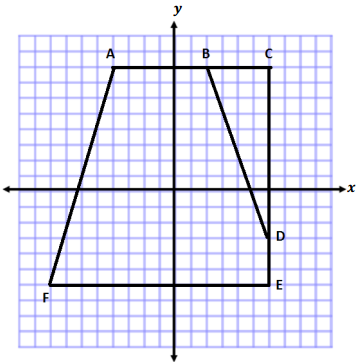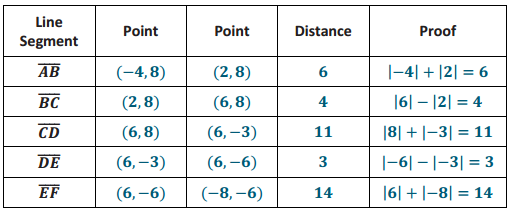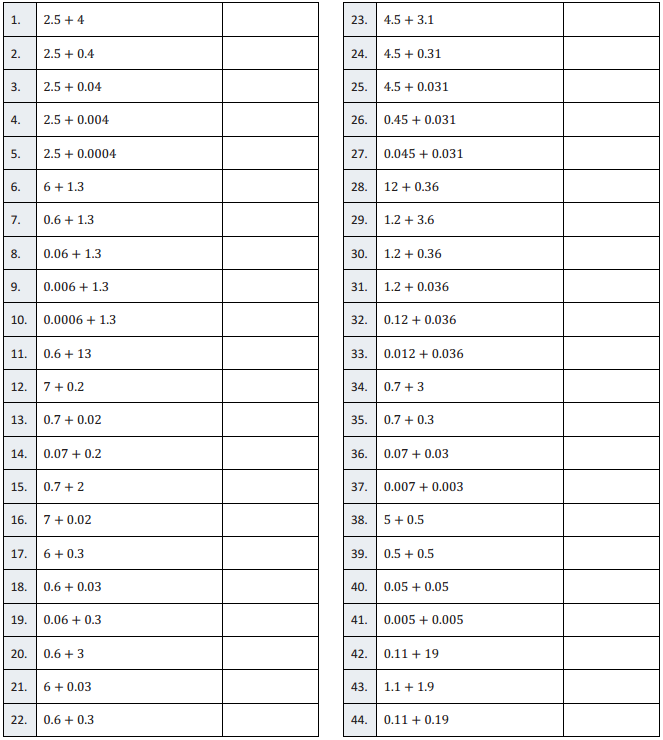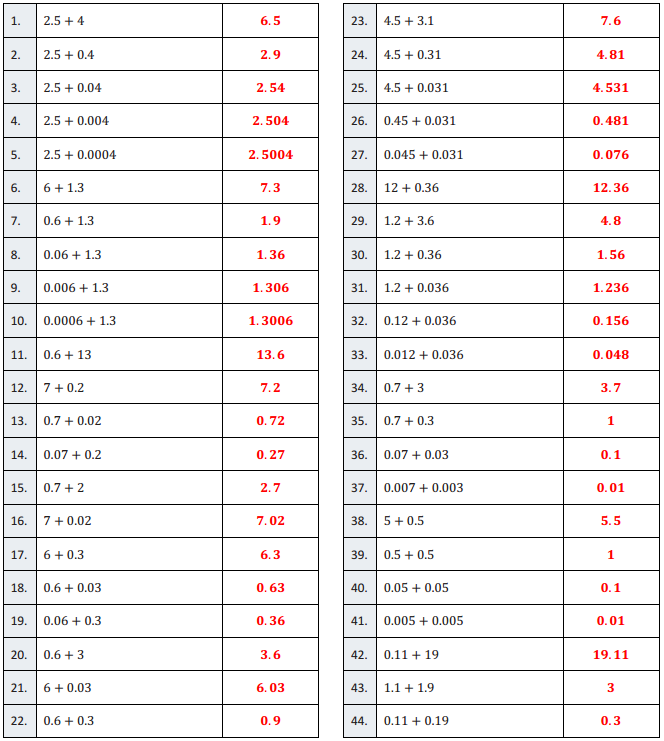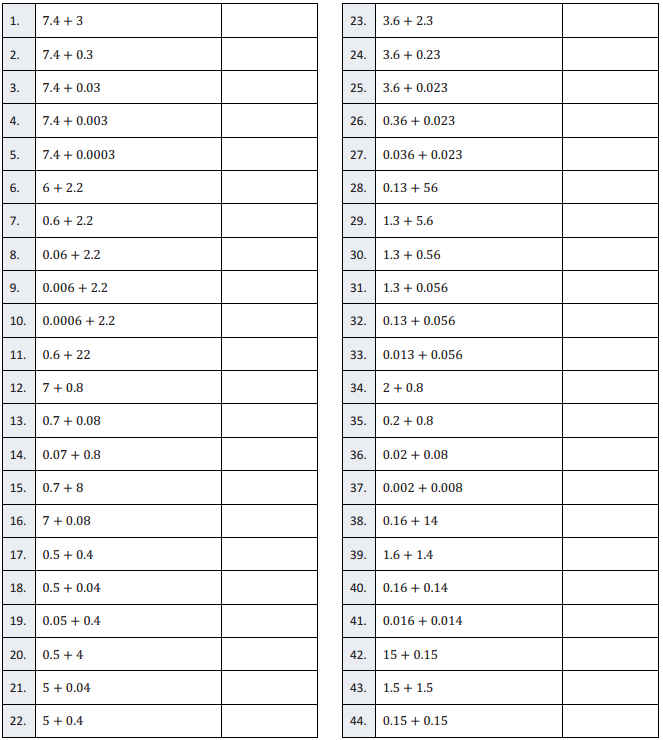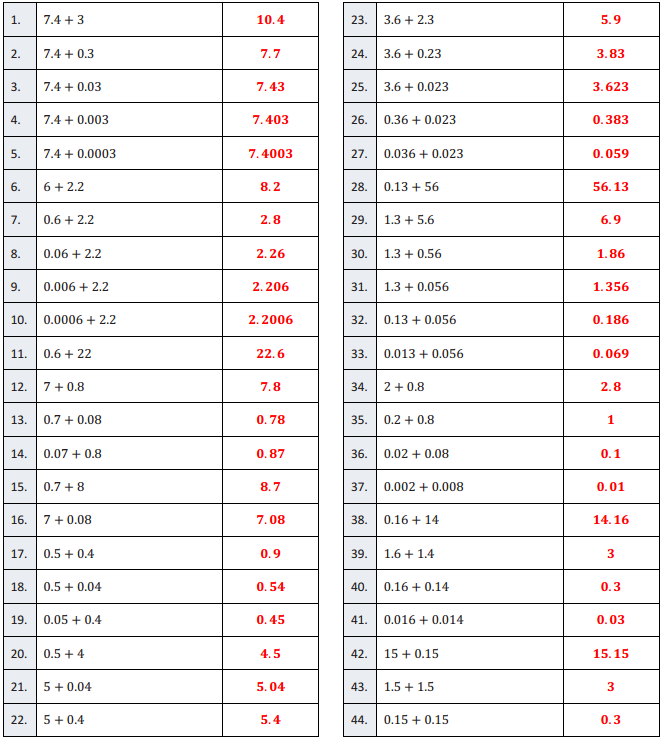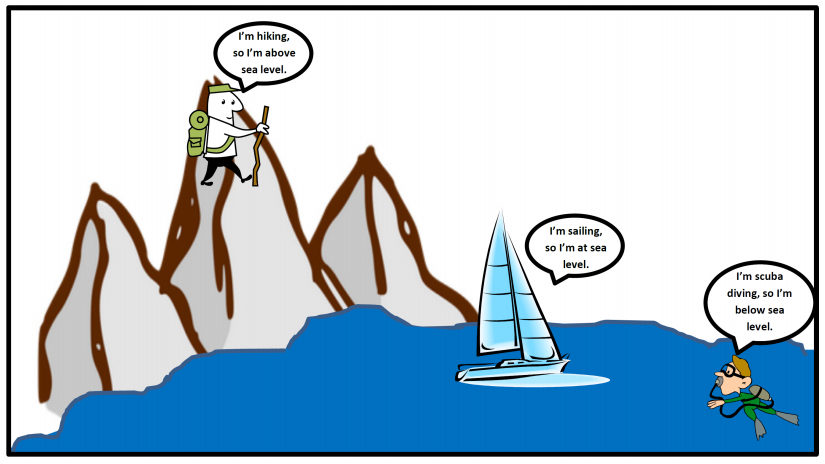Engage NY Eureka Math 8th Grade Module 7 Lesson 3 Answer Key
Eureka Math Grade 8 Module 7 Lesson 3 Exercise Answer Key
Opening
The numbers in each column are related. Your goal is to determine how they are related, determine which numbers belong in the blank parts of the columns, and write an explanation for how you know the numbers belong there.
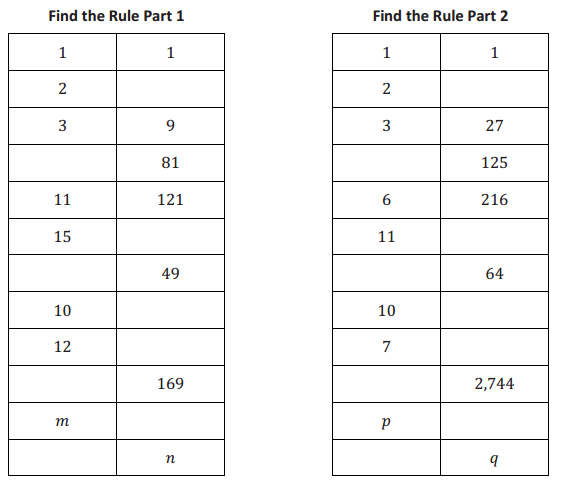
Answer:
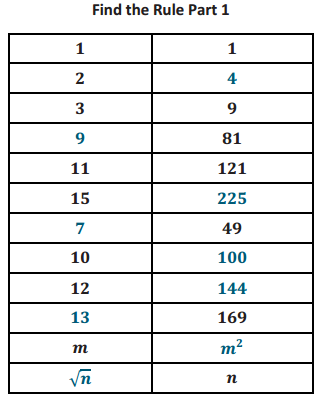
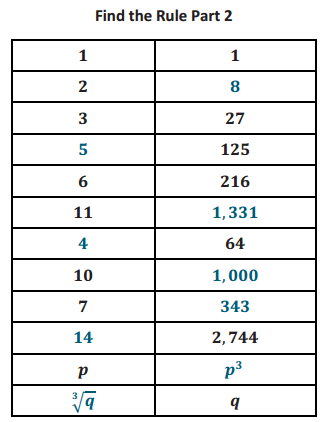
Exercises
Find the positive value of x that makes each equation true. Check your solution.
Exercise 1.
x2 = 169
a. Explain the first step in solving this equation.
Answer:
The first step is to take the square root of both sides of the equation.
b. Solve the equation, and check your answer.
Answer:
x2 = 169
\(\sqrt{x^{2}}\) = \(\sqrt{169}\)
x = \(\sqrt{169}\)
x = 13
Check:
132 = 169
169 = 169
Exercise 2.
A square-shaped park has an area of 324 yd2. What are the dimensions of the park? Write and solve an equation.
x2 = 324
\(\sqrt{x^{2}}\) = \(\sqrt{324}\)
x = \(\sqrt{324}\)
x = 18
Check:
182 = 324
324 = 324
The square park is 18 yd. in length and 18 yd. in width.
Exercise 3.
625 = x2
625 = x2
\(\sqrt{625}\) = \(\sqrt{x^{2}}\)
\(\sqrt{625}\) = x
25 = x
Check:
625 = 252
625 = 625
Exercise 4.
A cube has a volume of 27 in3. What is the measure of one of its sides? Write and solve an equation.
27 = x3
\(\sqrt [ 3 ]{ 27 }\) = \(\sqrt[3]{x^{3}}\)
\(\sqrt [ 3 ]{ 27 }\) = x
3 = x
Check:
27 = 33
27 = 27
The cube has side lengths of 3 in.
Exercise 5.
What positive value of x makes the following equation true: x2 = 64? Explain.
x2 = 64
\(\sqrt{x^{2}}\) = \(\sqrt{64}\)
x = \(\sqrt{64}\)
x = 8
Check:
82 = 64
64 = 64
To solve the equation, I need to find the positive value of x so that when it is squared, it is equal to 64. Therefore, I can take the square root of both sides of the equation. The square root of x2, \(\sqrt{52}\), is x because x2 = x ∙ x. The square root of 64, \(\sqrt{64}\), is 8 because 64 = 8 ∙ 8. Therefore, x = 8.
Exercise 6.
What positive value of x makes the following equation true: x3 = 64? Explain.
Answer:
x3 = 64
\(\sqrt[3]{x^{3}}\) = \(\sqrt [ 3 ]{ 64 }\)
x = \(\sqrt [ 3 ]{ 64 }\)
x = 4 Check:
43 = 64
64 = 64
To solve the equation, I need to find the positive value of x so that when it is cubed, it is equal to 64. Therefore, I can take the cube root of both sides of the equation. The cube root of x3, \(\sqrt[3]{x^{3}}\), is x because x3 = x ∙ x ∙ x. The cube root of 64, \(\sqrt [ 3 ]{ 64 }\), is 4 because 64 = 4 ∙ 4 ∙ 4. Therefore, x = 4.
Exercise 7.
Find the positive value of x that makes the equation true: x2 = 256-1.
Answer:
x2 = 256-1
\(\sqrt{x^{2}}\) = \(\sqrt{256^{-1}}\)
x = \(\sqrt{256^{-1}}\)
x = \(\sqrt{\frac{1}{256}}\)
x = \(\frac{1}{16}\)
x = 16-1
Check:
(16-1)2 = 256-1
16-2 = 256-1
\(\frac{1}{16^{2}}\) = 256-1
\(\frac{1}{256}\) = 256-1
256-1 = 256-1
Exercise 8.
Find the positive value of x that makes the equation true: x3 = 343-1.
x3 = 343-1
\(\sqrt[3]{x^{3}}\) = \(\sqrt[3]{343^{-1}}\)
x = \(\sqrt[3]{343^{-1}}\)
x = \(\sqrt[3]{\frac{1}{343}}\)
x = \(\frac{1}{7}\)
x = 7-1
Check:
(7-1)3 = 343-1
73 = 343-1
(\(\frac{1}{7}\))3 = 343-1
\(\frac{1}{343}\) = 343-1
343-1 = 343-1
Exercise 9.
Is 6 a solution to the equation x2 – 4 = 5x? Explain why or why not.
Answer:
62 – 4 = 5(6)
36 – 4 = 30
32 ≠ 30
No, 6 is not a solution to the equation x2 – 4 = 5x. When the number is substituted into the equation and simplified, the left side of the equation and the right side of the equation are not equal; in other words, it is not a true number sentence. Since the number 6 does not satisfy the equation, it is not a solution to the equation.
Eureka Math Grade 8 Module 7 Lesson 3 Problem Set Answer Key
Find the positive value of x that makes each equation true. Check your solution.
Question 1.
What positive value of x makes the following equation true: x2 = 289? Explain.
Answer:
x2 = 289
\(\sqrt{x^{2}}\) = \(\sqrt{289}\)
x = \(\sqrt{289}\)
x = 17
Check:
172 = 289
289 = 289
To solve the equation, I need to find the positive value of x so that when it is squared, it is equal to 289. Therefore, I can take the square root of both sides of the equation. The square root of x2, \(\sqrt{x^{2}}\), is x because x2 = x ⋅ x. The square root of 289, \(\sqrt{289}\) , is 17 because 289 = 17 ⋅ 17. Therefore, x = 17.
Question 2.
A square-shaped park has an area of 400 yd2. What are the dimensions of the park? Write and solve an equation.
Answer:
x2 = 400
\(\sqrt{x^{2}}\) = \(\sqrt{400}\)
x = \(\sqrt{400}\)
x = 20
Check:
202 = 400
400 = 400
The square park is 20 yd. in length and 20 yd. in width.
Question 3.
A cube has a volume of 64 in3. What is the measure of one of its sides? Write and solve an equation.
Answer:
x3 = 64
\(\sqrt[3]{x^{3}}\) = \(\sqrt [ 3 ]{ 64 }\)
x = \(\sqrt [ 3 ]{ 64 }\)
x = 4
Check:
43 = 64
64 = 64
The cube has a side length of 4 in.
Question 4.
What positive value of x makes the following equation true: 125 = x3? Explain.
Answer:
125 = x3
\(\sqrt [ 3 ]{ 125 }\) = \(\sqrt[3]{x^{3}}\)
\(\sqrt [ 3 ]{ 125 }\) = x
5 = x
Check:
125 = 53
125 = 125
To solve the equation, I need to find the positive value of x so that when it is cubed, it is equal to 125. Therefore, I can take the cube root of both sides of the equation. The cube root of x3, \(\sqrt[3]{x^{3}}\), is x because x3 = x ⋅ x ⋅ x. The cube root of 125, \(\sqrt [ 3 ]{ 125 }\), is 5 because 125 = 5 ⋅ 5 ⋅ 5. Therefore, x = 5.
Question 5.
Find the positive value of x that makes the equation true: x2 = 441-1.
a. Explain the first step in solving this equation.
Answer:
The first step is to take the square root of both sides of the equation.
b. Solve and check your solution.
x2 = 441-1
\(\sqrt{x^{2}}\) = \(\sqrt{144^{-1}}\)
x = \(\sqrt{144^{-1}}\)
x = \(\sqrt{\frac{1}{441}}\)
x = \(\frac{1}{21}\)
x = 21-1
Check:
(21-1 )2 = 441-1
21-2 = 441-1
\(\frac{1}{21^{2}}\) = 441-1
\(\frac{1}{441}\) = 441-1
441-1 = 441-1
Question 6.
Find the positive value of x that makes the equation true: x3 = 125-1.
Answer:
x3 = 125-1
\(\sqrt[3]{x^{3}}\) = \(\sqrt[3]{125^{-1}}\)
x = \(\sqrt[3]{125^{-1}}\)
x = \(\sqrt[3]{\frac{1}{125}}\)
x = \(\frac{1}{5}\)
x = 5-1
Check:
(5-1)3 = 125-1
5-3 = 125-1
\(\frac{1}{5^{3}}\) = 125-1
\(\frac{1}{125}\) = 125-1
125-1 = 125-1
Question 7.
The area of a square is 196 in2. What is the length of one side of the square? Write and solve an equation, and then check your solution.
Answer:
Let x in. represent the length of one side of the square.
x2 = 196
\(\sqrt{x^{2}}\) = \(\sqrt{196}\)
x = \(\sqrt{196}\)
x = 14
Check:
142 = 196
196 = 196
The length of one side of the square is 14 in.
Question 8.
The volume of a cube is 729 cm3. What is the length of one side of the cube? Write and solve an equation, and then check your solution.
Answer:
Let x cm represent the length of one side of the cube.
x3 = 729
\(\sqrt[3]{x^{3}}\) = \(\sqrt [ 3 ]{ 729 }\)
x = \(\sqrt [ 3 ]{ 729 }\)
x = 9
Check:
93 = 729
729 = 729
The length of one side of the cube is 9 cm.
Question 9.
What positive value of x would make the following equation true: 19 + x2 = 68?
Answer:
19 + x2 = 68
19 – 19 + x2 = 68 – 19
x2 = 49
x = 7
The positive value for x that makes the equation true is 7.
Eureka Math Grade 8 Module 7 Lesson 3 Exit Ticket Answer Key
Find the positive value of x that makes each equation true. Check your solution.
Question 1.
x2 = 225
a. Explain the first step in solving this equation.
Answer:
The first step is to take the square root of both sides of the equation.
b. Solve and check your solution.
Answer:
x2 = 225
\(\sqrt{x^{2}}\) = \(\sqrt{225}\)
x = \(\sqrt{225}\)
x = 15
Check:
152 = 225
225 = 225
Question 2.
x3 = 64
Answer:
x3 = 64
\(\sqrt[3]{x^{3}}\) = \(\sqrt[3]{ 64 }\)
x = \(\sqrt [ 3 ]{ 64 }\)
x = 4
Check:
43 = 64
64 = 64
Question 3.
x2 = 361-1
Answer:
x2 = 361-1
\(\sqrt{x^{2}}\) = \(\sqrt{361^{-1}}\)
x = \(\sqrt{361^{-1}}\)
x = \(\sqrt{\frac{1}{361}}\)
x = \(\frac{1}{19}\)
x = 19-1
Check:
(19-1)2 = 361-1
19-2 = 361-1
\(\frac{1}{19^{2}}\) = 361-1
\(\frac{1}{361}\) = 361-1
361-1 = 361-1
Question 4.
x3 = 1000-1
Answer:
x3 = 1000-1
\(\sqrt[3]{x^{3}}\) = \(\sqrt[3]{1000^{-1}}\)
x = \(\sqrt[3]{1000^{-1}}\)
x = \(\sqrt[3]{\frac{1}{1000}}\)
x = \(\frac{1}{10}\)
x = 10-1
Check:
(10-1 )3 = 1000-1
10-3 = 1000-1
\(\frac{1}{10^{3}}\) = 1000-1
\(\frac{1}{1000}\) = 1000-1
1000-1 = 1000-1









